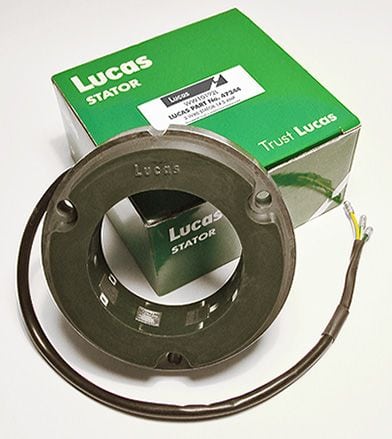Yeah, good point Mike, the amount of torque may be way short of what's required. I was thinking I could mock it up using the lathe to hold the rotor and make a mounting plate/frame for the stator. Fine, but how to actually measure the torque? Also, depending on where the rotor is "parked" with respect to the rotating magnetic field, there may be only a fraction of the available maximum induced torque available. That's something that's not really an issue with a motor that runs through a reduction box.
Dunno about the Alton Rob, but yeah, hear what you're saying with the Woodruff key. Unlike the primary gear there's no taper fit of the rotor to the crank end to distribute the torque coupling. Kick-back shouldn't be a problem as far as I can see, the rotating magnetic field will pick up the rotor's fixed permanent magnet fields in the case of slippage.
Well, it was an interesting thought experiment while it lasted. Thanks brains trust. I'll skip the high-power electrics in future and stick to microelectronics and firmware design.


